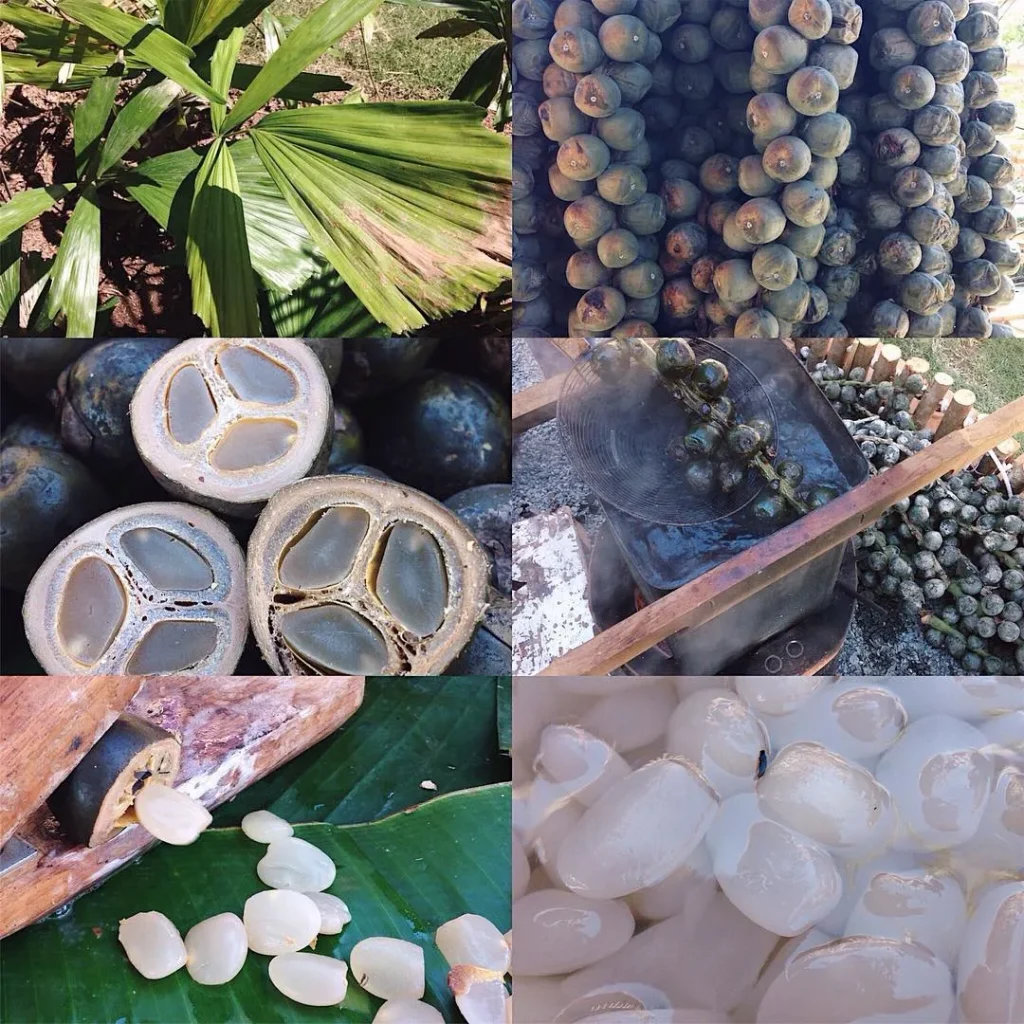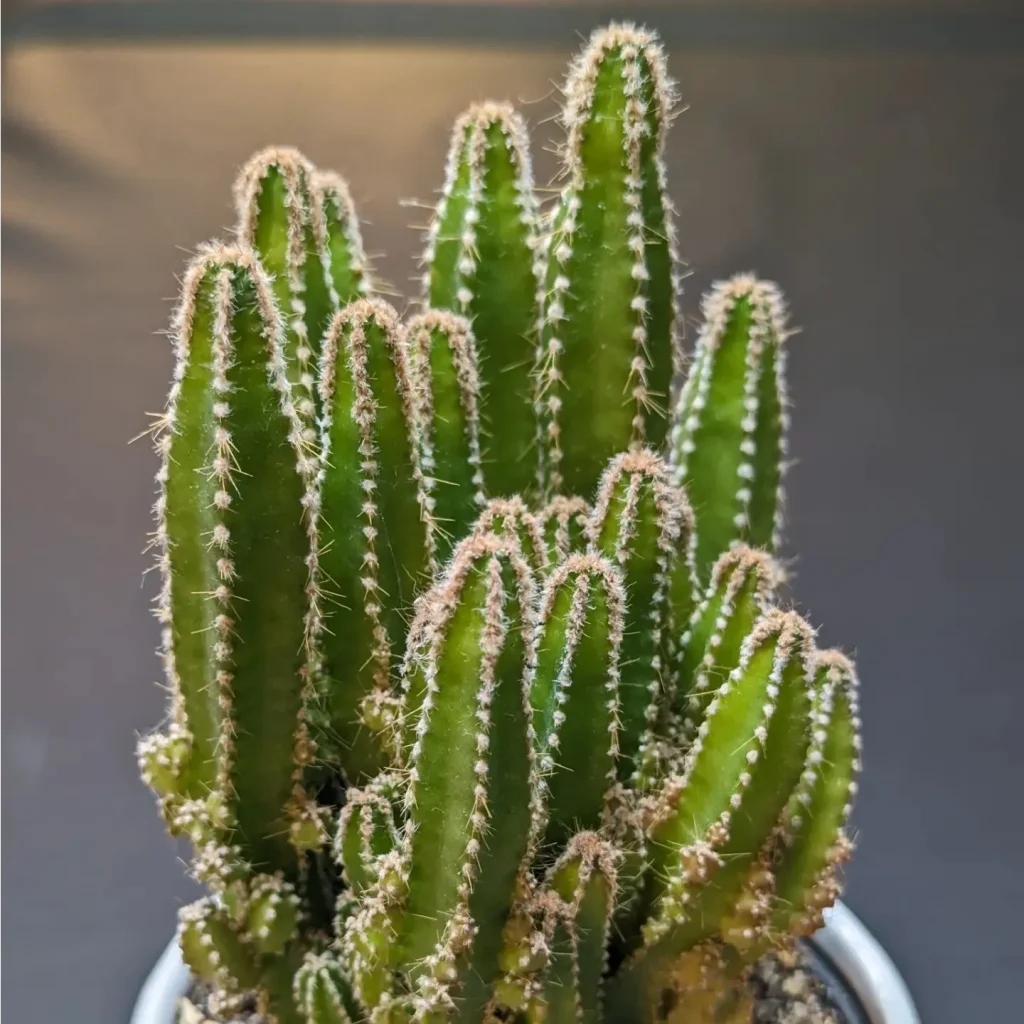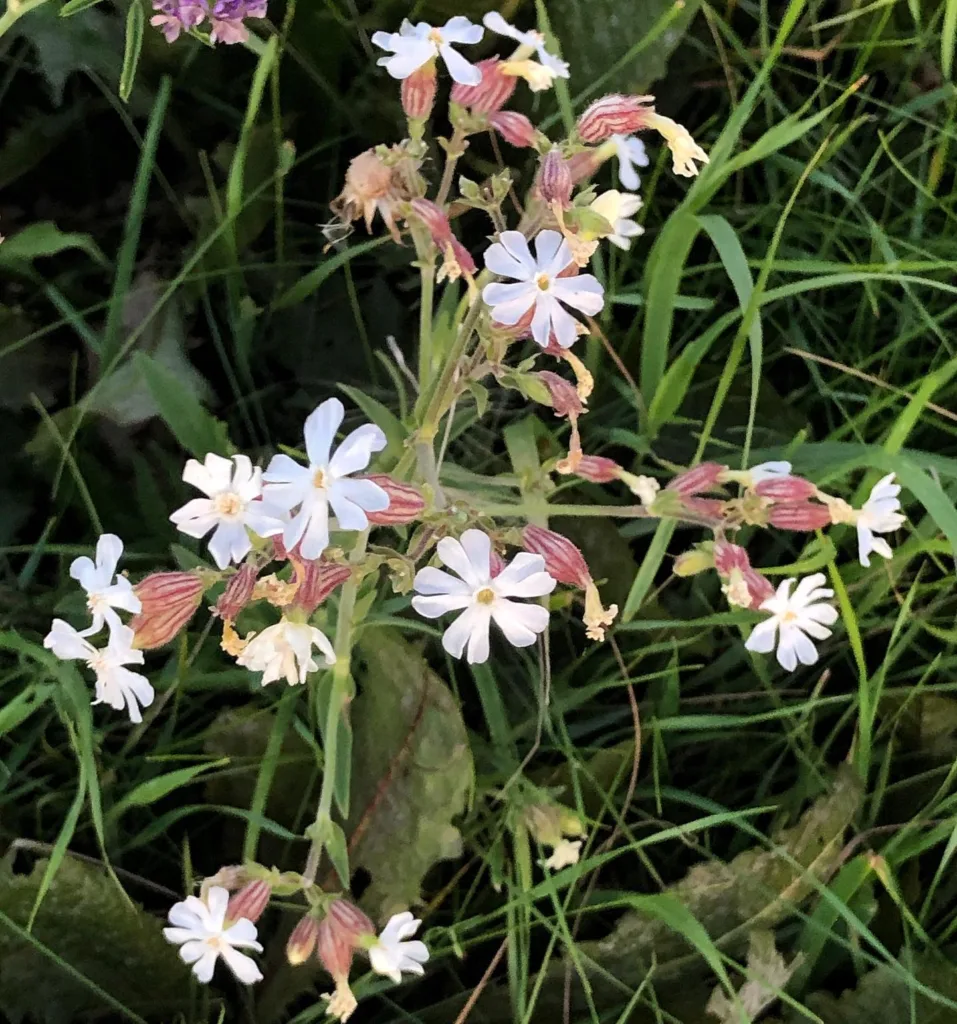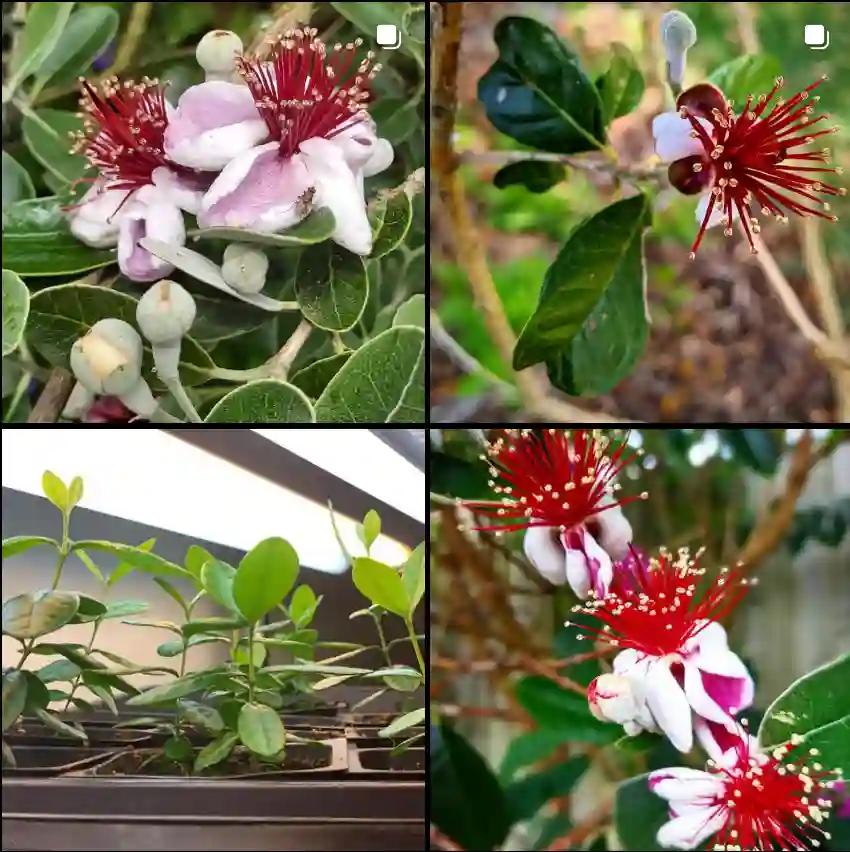Exploring the Emblingiaceae Family: A Unique Botanical Perspective
As a plant enthusiast, I find myself continually fascinated by the botanical diversity our world has to offer. Among the many families of plants, one that stands out for its rarity and distinctiveness is the Emblingiaceae family. With only one known genus, Emblingia, this family may not be as well-known as others, but its unique characteristics make it a captivating subject for any botanist or plant lover.
The Singular Genus: Emblingia
The Emblingiaceae family is home to a single genus, Emblingia, which includes only one species: Emblingia Calceoliflora. This rarity makes it a subject of intrigue and study. Native to the coastal regions of Western Australia, Emblingia calceoliflora is a small, herbaceous plant that has adapted to the harsh, sandy soils and dry conditions of its environment.
Distinctive Features of Emblingia
One of the most striking features of Emblingia calceoliflora is its unique floral structure. The flowers are asymmetrical and zygomorphic, meaning they have a single plane of symmetry. They resemble small, pouch-like structures, which has led to the common name “Slipper Flower.” This distinctive morphology not only adds to the visual appeal of the plant but also plays a role in its reproductive strategy, attracting specific pollinators that can navigate its complex floral architecture.
The leaves of Emblingia calceoliflora are another point of interest. They are small, succulent, and covered in fine hairs, adaptations that help the plant conserve water in its arid habitat. The foliage forms a dense mat, often hugging the ground, which helps protect the plant from the harsh sun and reduces moisture loss.
Habitat and Distribution
The Emblingiaceae family is endemic to a very restricted range in Western Australia, specifically in the coastal heathlands and shrublands. This limited distribution makes the plant vulnerable to environmental changes and habitat destruction. Conservation efforts are essential to protect this unique botanical family, as its survival depends on the preservation of its natural habitat.
The sandy, well-drained soils of its native range are essential for the survival of Emblingia calceoliflora. The plant thrives in these conditions, often in association with other native species that share similar environmental preferences. Understanding these ecological relationships is crucial for anyone interested in cultivating or conserving the species.
Reproductive Strategies
One of the most fascinating aspects of Emblingia calceoliflora is its reproductive strategy. The unique flower structure suggests a specialized form of pollination, likely involving native bees or other insects capable of navigating the flower’s complex form. The plant produces small, winged seeds, which are dispersed by wind or possibly even water movement in its coastal environment.
The success of these reproductive strategies is closely tied to the stability of the plant’s habitat. Any disruption to the ecosystem, such as land clearing or changes in water availability, can have a profound impact on the plant’s ability to reproduce and sustain its population.
Challenges in Conservation
Due to its limited range and specific habitat requirements, the Emblingiaceae family faces significant conservation challenges. Habitat destruction, invasive species, and climate change all pose threats to the survival of Emblingia calceoliflora. Conservation efforts must focus on protecting its natural habitat and ensuring that any land use changes in the area consider the plant’s ecological needs.
In-situ conservation, where the plant is protected in its natural habitat, is the most effective strategy for preserving Emblingia calceoliflora. Ex-situ conservation efforts, such as seed banking and cultivation in botanical gardens, can also play a role, but they must be done with care to maintain the genetic diversity and ecological integrity of the species.
The Botanical Significance of Emblingiaceae
Despite its obscurity, the Emblingiaceae family holds significant botanical importance. It provides valuable insights into plant evolution, particularly in terms of floral morphology and adaptation to extreme environments. The unique characteristics of Emblingia calceoliflora make it a fascinating case study for botanists and a reminder of the incredible diversity of the plant kingdom.
Studying and conserving rare plant families like the Emblingiaceae is crucial for maintaining the overall biodiversity of our planet. Each species, no matter how small or seemingly insignificant, plays a role in the complex web of life. By understanding and protecting these unique botanical treasures, we can ensure that they continue to be part of our natural heritage for generations to come.
Why the Emblingiaceae Family Matters to Me
As someone deeply passionate about plant conservation and biodiversity, learning about the Emblingiaceae family has been an eye-opening experience. It has reinforced my belief in the importance of protecting all forms of life, no matter how rare or isolated they may be. The story of Emblingia calceoliflora is a testament to the resilience and adaptability of plants, and a reminder of the delicate balance required to sustain life in some of the most challenging environments on Earth.
In conclusion, while the Emblingiaceae family may not be as widely recognized as others, its unique characteristics and ecological significance make it a subject worth exploring and preserving. As we continue to learn more about this fascinating family, I hope that more people will appreciate the beauty and complexity of our planet’s botanical diversity.
If i die, water my plants!



